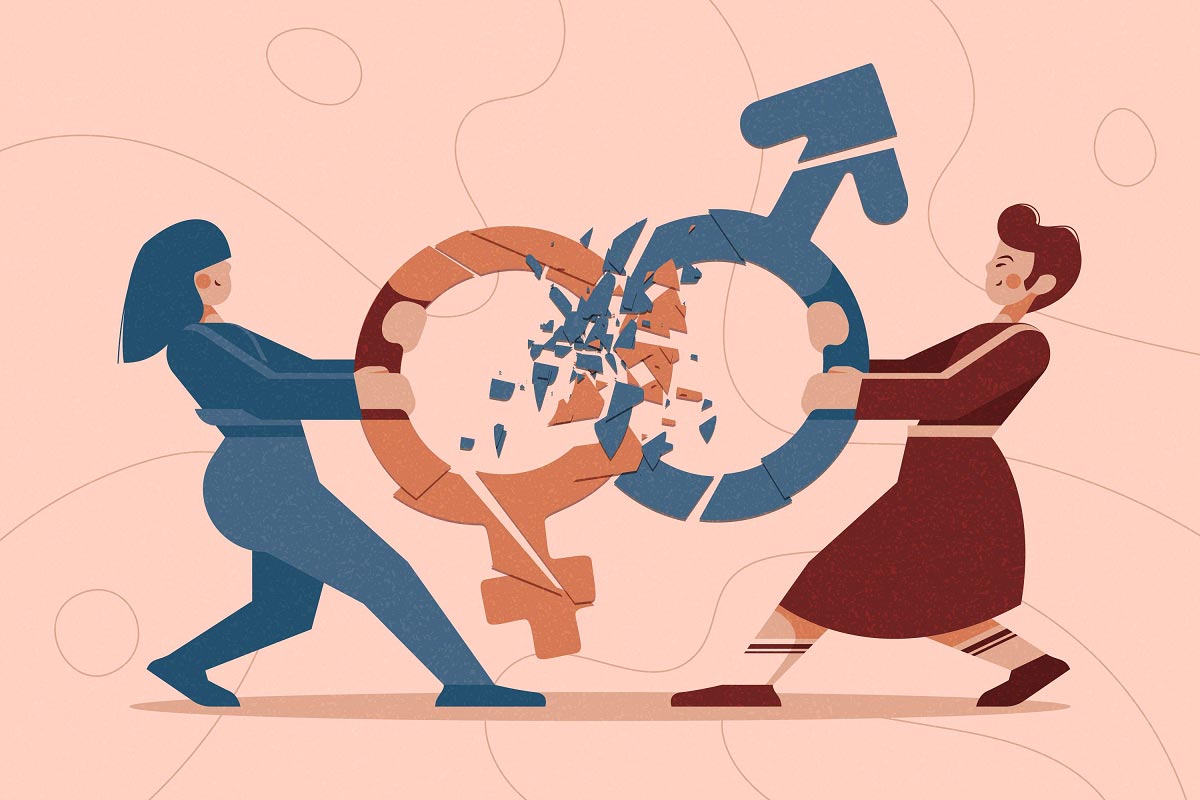
Why Discrimination Persists in Certain Places: Exploring the Causes and Impact
Discrimination is a pervasive issue that affects individuals and communities around the world. It is the unjust or prejudicial treatment of individuals or groups based on their perceived differences. Discrimination can take many forms, including racism, sexism, homophobia, and xenophobia. It is a complex issue that is influenced by a range of social, cultural, and historical factors. In this article, we will explore the causes and impact of discrimination in specific locations, and strategies to combat it.
Definition of Discrimination
Discrimination is a broad term that refers to any unjust or prejudicial treatment of individuals or groups based on their perceived differences. There are many different types of discrimination, including racial discrimination, gender discrimination, religious discrimination, and sexual orientation discrimination. Discrimination can occur in many different contexts, including education, employment, healthcare, and housing.
Causes of Discrimination
Discrimination is a complex issue that is influenced by a range of social, cultural, and historical factors. Some of the key causes of discrimination include:
-
Prejudice and bias: Discrimination is often driven by prejudiced attitudes and biases towards certain groups. These biases can be conscious or unconscious and are often shaped by social and cultural factors.
-
Stereotyping: Stereotypes are a common source of discrimination. Stereotypes are oversimplified and often inaccurate beliefs about individuals or groups based on their perceived characteristics.
-
Cultural and historical factors: Discrimination is often deeply rooted in cultural and historical factors. For example, racism in the United States has its roots in slavery and segregation.
-
Exclusion: Discrimination can be perpetuated by excluding certain groups from social, economic, or political opportunities. This exclusion can be intentional or unintentional.
Discrimination in Certain Locations
Discrimination is a global issue that affects individuals and communities in different ways. The prevalence and types of discrimination can vary widely by region or country. For example, discrimination against the Dalits in India is a pervasive issue, with Dalits facing systemic discrimination based on their caste. In the United States, discrimination against communities of color is a persistent issue, with racial disparities in education, employment, healthcare, and the criminal justice system.
Discrimination Based on Race, Gender, Religion, and Sexuality
Discrimination affects different groups in different ways, with each group facing its own unique challenges. For example, racial discrimination can result in limited access to education, employment, and healthcare, as well as racial profiling and police brutality. Gender discrimination can result in unequal pay, limited access to leadership positions, and sexual harassment. Religious discrimination can result in limited access to employment and housing, as well as violence and hate crimes. Discrimination based on sexual orientation can result in limited legal protections, employment discrimination, and hate crimes.
Impact of Discrimination
Discrimination has a negative impact on individuals, communities, and society as a whole. Discrimination can result in:
-
Psychological harm: Discrimination can lead to anxiety, depression, and other mental health issues.
-
Economic harm: Discrimination can limit opportunities for employment, education, and housing, resulting in economic inequality.
-
Social harm: Discrimination can lead to social exclusion, isolation, and division.
-
Violence: Discrimination can result in hate crimes and violence against individuals or groups.
Strategies to Combat Discrimination
There are many strategies to combat discrimination, including legal measures, education, and awareness campaigns. Some effective strategies include:
-
Legal protections: Governments can enact laws that prohibit discrimination and provide legal protections for victims of discrimination.
-
Education: Educating individuals and communities about the harm caused by discrimination can help reduce prejudiced attitudes and biases.
-
Awareness campaigns: Public awareness campaigns can help raise awareness about the prevalence and impact of discrimination, as well as ways to combat it. Such campaigns can use a variety of media, including social media, television, and print media. One successful example is the "It Gets Better" campaign, which aimed to address the issue of bullying and discrimination against LGBTQ+ individuals. The campaign featured videos of celebrities and other prominent individuals sharing their stories and offering support to LGBTQ+ youth. The campaign helped raise awareness about the issue and provided resources and support for those who were facing discrimination.
Conclusion:
In conclusion, discrimination persists in certain places due to complex social, cultural, and historical factors. Discrimination based on race, gender, religion, and sexuality can have a devastating impact on individuals and communities, leading to social and economic inequality, marginalization, and exclusion. To combat discrimination, it is essential to address the root causes and implement effective strategies, such as legal measures, education, and awareness campaigns. By working together, we can create a more just and equitable society, where all individuals are valued and respected for who they are.
Sociology Society Gender

